BUILDER and developer Walter George Tarrant of Byfleet is best known for the fine houses he built at places such as St George’s Hill in Weybridge. Perhaps not so well known is the aircraft his company designed and built towards the end of the First World War.
This was the Tarrant Tabor, a gigantic triplane, that crashed on its maiden flight.
Design work began in 1917 for what was initially to be a long-range bomber capable of reaching Berlin. Once constructed it was briefly the world’s largest aircraft.
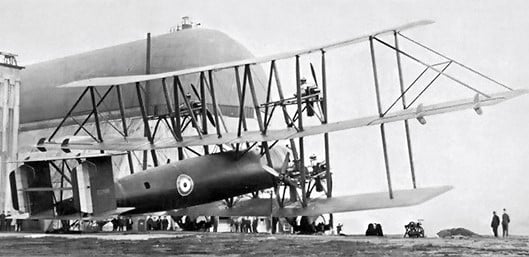
The News & Mail reported on its construction in January 1919, stating: “The largest commercial aeroplane is the Tarrant triplane, a huge machine, with a wing span of 150ft, and a length of 75ft. It will, when completed, have a six-engine power plant developing 3,000-h.p, and it is expected to travel at 80 to 100 miles an hour for 500 miles without refuelling.
“The machine, which is a development of a ‘bomber’ about to be produced when the armistice was signed [on 18 November 1918], is designed to accommodate passengers or cargo. It was being built at Farnborough, but work was halted at the end of the war when it was no longer needed as a military aircraft, but later completed, with design alterations, to be used as a commercial or transport aircraft.”
Its maiden flight was on 26 May 1919 with two pilots and five other crew members. As it began to take off disaster struck. The aircraft pitched forward and its nose became buried in the ground. All crew members were injured, the two pilots seriously, both later dying of their injuries.
Analyses of the wreckage gave the reason for the crash as the positions of its upper engines forced the nose down, in addition to 450kg (992lb) of lead ballast in the nose, which evidently was against the wishes of Mr Tarrant.
The News & Mail reported another aircraft incident, this time in Match 1936, it being a much smaller aeroplane.
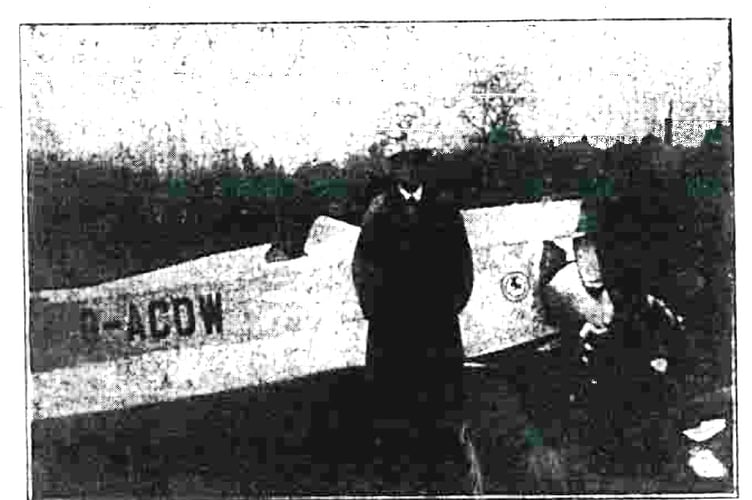
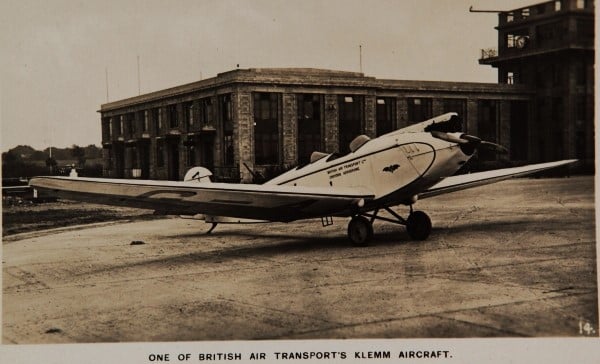
The report began: “Residents of Woking had a thrill on Sunday afternoon when an aeroplane had to make a forced landing in a plantation of roses at Goldsworth Nurseries.
“The machine was piloted by Capt. the Hon. Lionel Lambart D.S.O, who was flying solo on a journey from Bristol to Heston, [the site of a large aerodrome that closed in 1947]. The pilot had just passed over Brookwood Station when the engine cut out. Shortly after 2pm the machine was seen quickly descending as it left the track of the railway and turned left. Residents in Goldsworth Road and Kingsway became apprehensive the plane should come down on their houses, but the pilot managed to clear the housetops and a large oak tree as he crossed Goldsworth Road and came to earth about 80 yards inside Mr Slocock’s nursery.
“The pilot, fortunately, was not injured in any way and was able to climb out of the machine and walk to a nearby house to telephone for assistance. His machine, however, suffered badly by the impact. The engine was wrenched from the front of the fuselage, which was splintered and broken, the propellor was smashed and the undercarriage completely wrecked, one of the landing wheels being torn off.”
The aircraft was a British Klemm Swallow (later known as the British Aircraft Manufacturing Co), registration number G-ACOW. It had a somewhat interesting history as researcher Mark Coxhead has discovered.
1934: Registered as G-ACOW to Major E. F. Stephen, used for sales demonstrations.
1935: Sold to Captain Lionel Lambert, based in Southampton and later Yeovil.
1939: Ownership moved to Swindon, aircraft based at Bristol Airport.
1939: Sold to Hampshire School of Flying, based at Eastleigh. Withdrawn from use due to the Second World War.
1940: Registration cancelled and impressed into military service as X5010.
1940: Crashed near Farnborough due to engine failure and a soft landing field, resulting in irreparable damage.

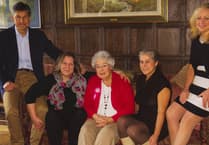
.jpeg?width=209&height=140&crop=209:145,smart&quality=75)
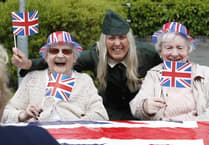

Comments
This article has no comments yet. Be the first to leave a comment.